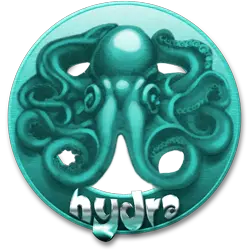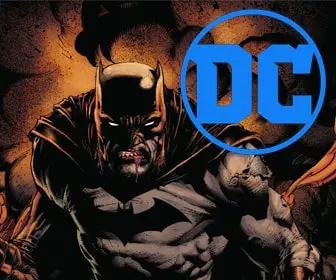
Manga to Anime: The Process of Adapting Comics for the Screen
The world of Japanese storytelling is rich and diverse, with manga and anime taking center stage in popular culture. As much as manga captivates readers with its intricate plots and unique art styles, anime adaptations breathe life into these stories, introducing them to a wider audience. In this article, we will delve into the fascinating process of adapting manga into anime, exploring the challenges faced during the transition and highlighting some of the most successful adaptations to date.
The Adaptation Process:
- Selecting a manga: The first step in the adaptation process involves selecting a manga with a compelling story and a strong fan base. Popular manga series are more likely to be chosen, as they have a higher chance of attracting a larger audience for the anime adaptation.
- Storyboarding: Once a manga has been chosen, the process of storyboarding begins. The manga’s panels are used as a basis for creating the anime’s visual narrative, with artists meticulously illustrating each scene.
- Scriptwriting: Alongside the storyboarding process, scriptwriters adapt the manga’s dialogue and narration into a screenplay format. This often involves condensing or expanding upon the original source material to fit the pacing and structure of an anime episode.
- Voice acting: The next step is to cast voice actors for each character. This process is crucial in bringing the characters to life, as their voices must accurately portray their personalities and emotions.
- Animation: Once the voice acting is recorded, animators start working on the anime’s visuals. They create key frames for each scene, then use computer software to generate the in-between frames, ensuring smooth transitions and fluid movements.
- Music and sound effects: Composers and sound designers join the team to create the anime’s soundtrack and sound effects, enhancing the overall viewing experience and helping to convey emotions and atmosphere.
- Editing and post-production: Finally, the various elements of the anime are combined and edited together, with any necessary adjustments made to ensure a seamless final product.
Adapting manga into anime is not without its challenges. Often, creators must condense intricate storylines and vast character developments into a limited number of episodes. Balancing faithfulness to the source material with the need for engaging pacing and structure can be difficult.

Despite these challenges, many anime adaptations have successfully captured the essence of their manga counterparts and, in some cases, have even surpassed them in popularity. Examples of successful adaptations include “Naruto,” “One Piece,” “Attack on Titan,” and “Death Note,” which have all managed to captivate audiences with their engaging storylines, unique art styles, and memorable characters.
The art of adapting manga into anime is a complex and intricate process that requires skill, dedication, and a deep understanding of both mediums. It is a journey that brings manga stories to life, immersing fans in a dynamic and captivating world. While there are challenges in translating the written word into a visual medium, the successes of numerous adaptations prove that with the right team and vision, the transition from manga to anime can result in masterpieces that capture the hearts of fans worldwide.










